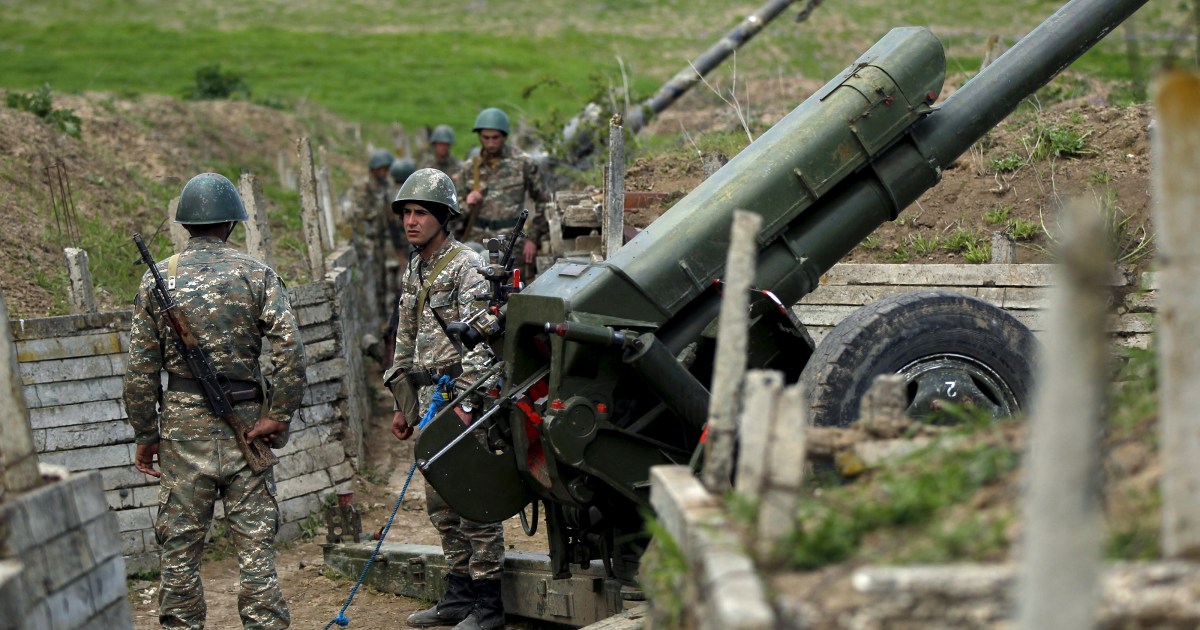A new round of military escalation broke out between Azerbaijan and Armenia on Sunday in the disputed Nagorno Karabakh region, and the two sides exchanged accusations of starting the attack.
The Prime Minister of Armenia Nikol Pashinyan said in the early hours of this morning that Azerbaijan attacked civilian areas in the region.
The Armenian Ministry of Defense said that its forces shot down two military helicopters and three drones for Azerbaijan in response to this attack, noting that its sites in Nagorny Karabakh have been exposed in recent days to air and missile attacks.
In the same context, the Armenian administration in the region said that the Azerbaijani army began Sunday morning bombing the contact line between the two sides and civilian targets, including Khankendi, the capital of the region.
Charges exchanged
For its part, the Azerbaijani Defense Ministry said in a statement that the Armenian army had started "a large-scale provocation operation in the early morning hours by firing light and heavy weapons against Azerbaijani military and civilian sites."
The statement stated that the Armenian fire inflicted casualties among civilians, and caused great damage to the civilian infrastructure in a number of villages that were subjected to heavy bombardment.
He explained that the Azerbaijani army decided to launch a counterattack along the front line to respond to what he called Armenian provocations in order to protect civilians in the region.
The statement indicated that the Azerbaijani forces destroyed a number of Armenian military facilities and vehicles deep in the front line, including 12 "OSA" anti-aircraft missile systems.
The Azerbaijani Ministry of Defense acknowledged that the Armenian army shot down a military helicopter near the "Tartar" site in the region, but confirmed the helicopter crew's survival.
Armenia and Azerbaijan are locked in a decades-long conflict over the Nagorno-Karabakh region in southwestern Azerbaijan, which was controlled by Armenian separatists during a war in the 1990s that killed 30,000 people.

